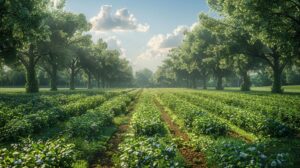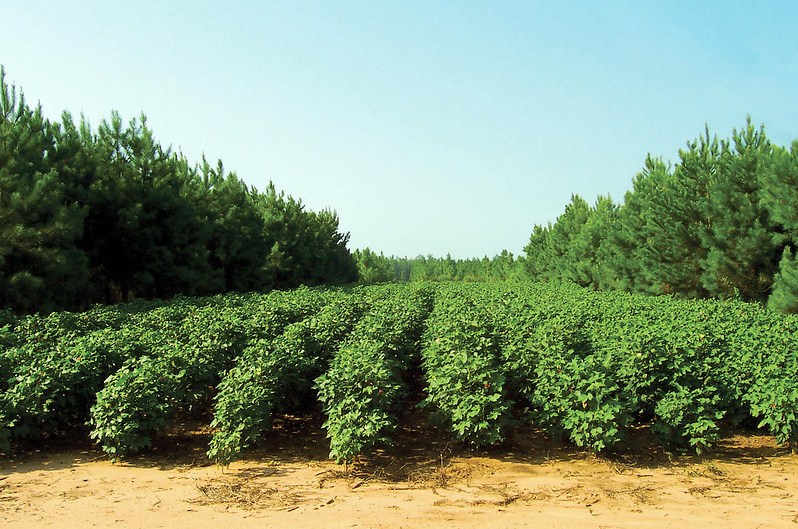Agroforestry Systems to Promote Sustainable Land Use

-Shivaan Darda

Picture this: a farm where rows of crops sway alongside towering trees, each playing a vital role in enhancing biodiversity, conserving water, and combating climate change, that is an agroforestry system.
Agroforestry is like nature’s multitasking genius. It’s not just about growing crops or trees separately; it’s about orchestrating a symphony of plants that complement and support each other. Take the classic example of alley cropping, where rows of trees provide shade and windbreaks for crops while their roots stabilize the soil, preventing erosion.
But wait, there’s more! Agroforestry isn’t just about what happens above ground. Below the surface, it’s a bustling metropolis of microorganisms, fungi, and earthworms, all working together to improve soil fertility and structure.
Agroforestry: Nature’s Blueprint for Sustainable Land Use
One of the most compelling benefits of agroforestry is its promotion of sustainable land use. By integrating trees into agricultural landscapes, agroforestry enhances soil health, reduces erosion, and conserves water resources, all while fostering biodiversity and ecological resilience. This green approach to land management ensures the long-term viability of agricultural production. It also mitigates the negative environmental impacts often associated with conventional farming practices, making agroforestry a cornerstone of regenerative agriculture.

The Takeaway
Agroforestry stands as a beacon of hope in our quest for a more sustainable future. As we face the challenges of feeding a growing population while safeguarding our planet’s resources, agroforestry offers a path forward. It celebrates the resilience of nature and the ingenuity of human stewardship. So let us embrace this concept, cultivate sustainability, and reap the abundant harvest of a greener, more prosperous world.